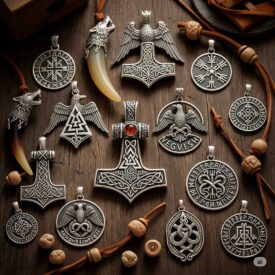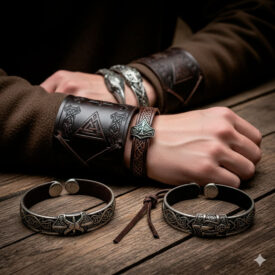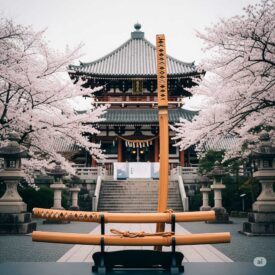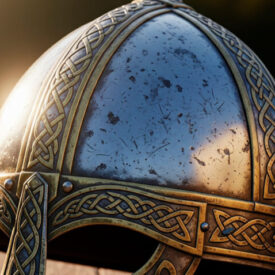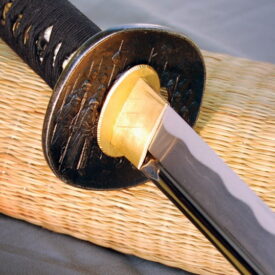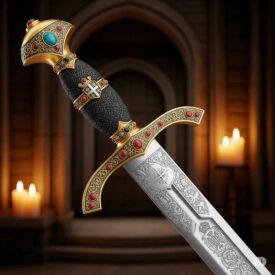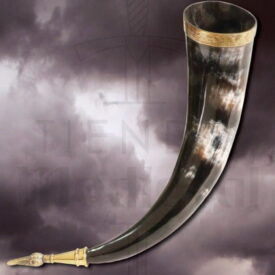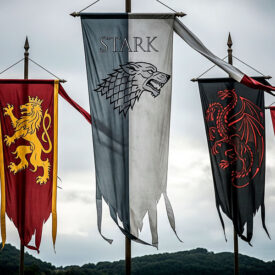Viking Machetes? The idea combines the practical brutality of a field blade with the legend of the Northern warriors. In this article, you will discover what is myth and what is real heritage, how that aesthetic translates into modern survival tools, and what you need to know to choose, use, and maintain a blade designed for tough jobs.
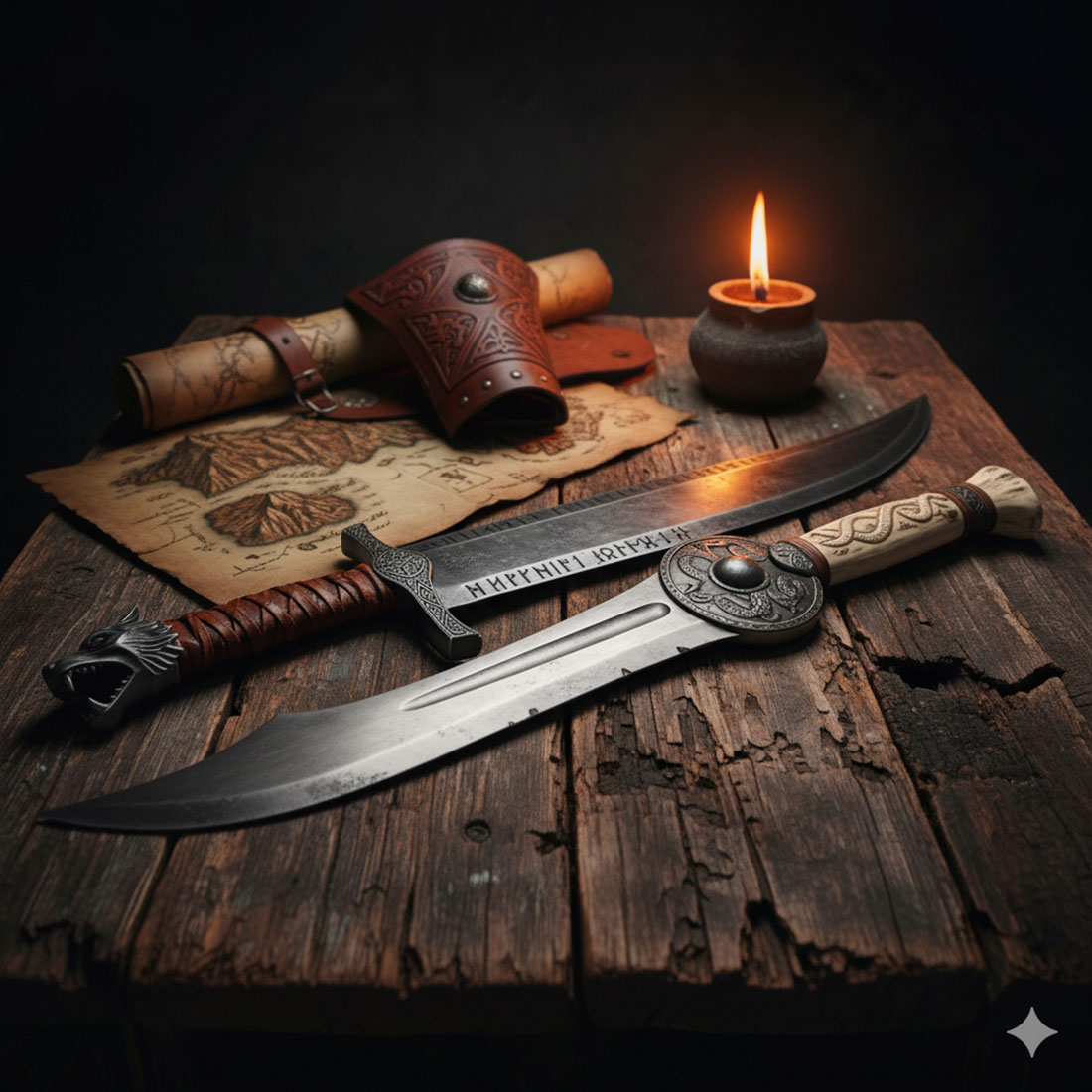
Viking Machete: Historical Evolution and Modern Appearance
| Era | Event |
|---|---|
| Origins and Early Use | |
| Ancient Origins | The seax emerges as a multifunctional tool for cutting, carving, and food preparation; over time, it also evolves into a weapon. The term seax means “knife” or “cutting tool” in Old English. |
| Germanic Iron Age and Viking Era | |
| c. 400 – 950 AD | Archaeological evidence from settlements such as Kærgård (Denmark) documents iron knives, probably seaxes, during the Germanic Iron Age and the transition to the Viking Era. |
| 793 – 1066 AD (Viking Era) | The seax becomes prominent among Vikings; it is used both as an everyday tool and a secondary weapon in combat, complementing swords and axes. |
| Late 11th Century | Funerary finds in places like the island of Bornholm show grave goods with knives that reflect the continuity of Viking practices mixed with Paleo-Christian elements. |
| Design Variants (Historical) | The seax design was versatile: Short Seax (3–12 in) for daily tasks; Broad Seax (10–20 in) for combat and heavy tasks; Langseax (>24 in) as a primary battle weapon. |
| Contemporary Era | |
| Contemporary | The name “Viking Machete” is also used for modern products that evoke historical aesthetics. A commercial example is the “Viking Machete, Cóndor,” designed for tough jobs. |
| Product Features | Overall length ≈ 66.0 cm; blade ≈ 50.8 cm; 1075 carbon steel blade; walnut handle. Noted for a powerful tip and a flexible, resistant blade, suitable for cutting and crushing brush. |
| Legacy Summary | |
| Continuity | Both the historical seax and modern “Viking” machetes represent a tradition of durable, multifunctional cutting tools that spans from the Middle Ages to the present day. |
From Seax to Modern Machete
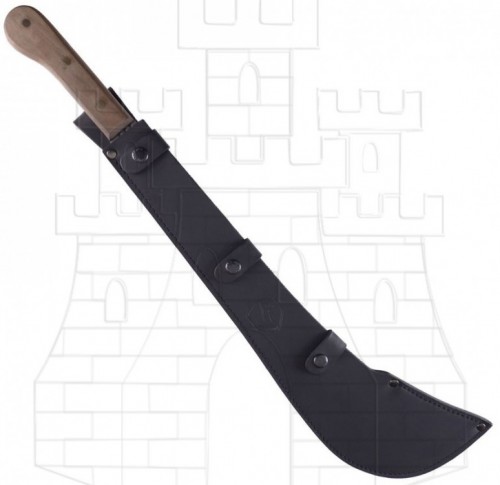 There is no “Viking machete” as such in archaeology, but there is a functional continuity: Vikings relied on knives and axes designed for work and combat. The seax was the quintessential versatile piece: from carving wood to defending oneself in battle. Modern machetes with Nordic aesthetics revive this idea of versatility and robustness and adapt it to contemporary tasks like bushcraft and survival.
There is no “Viking machete” as such in archaeology, but there is a functional continuity: Vikings relied on knives and axes designed for work and combat. The seax was the quintessential versatile piece: from carving wood to defending oneself in battle. Modern machetes with Nordic aesthetics revive this idea of versatility and robustness and adapt it to contemporary tasks like bushcraft and survival.
Design and Anatomy of a Machete with a Nordic Spirit
When a contemporary artisan designs a machete inspired by the Viking tradition, they seek a balance between weight, momentum, and control. These are the elements to consider:
-
Robust and powerful blade: Mass concentrated at the tip for greater cutting effect and the ability to chop hard wood.
-
High-performance material: Carbon steel (e.g., 1075) is common for its edge retention; it requires protection against corrosion.
-
Balance and weight: Designs that favor chopping without sacrificing control in precise strokes.
-
Ergonomic handle: Textured woods or rubbers that reduce fatigue and offer a secure grip; some replicas incorporate a guard to protect the hand.
Practical Uses: When a Heavy Machete Makes a Difference
-
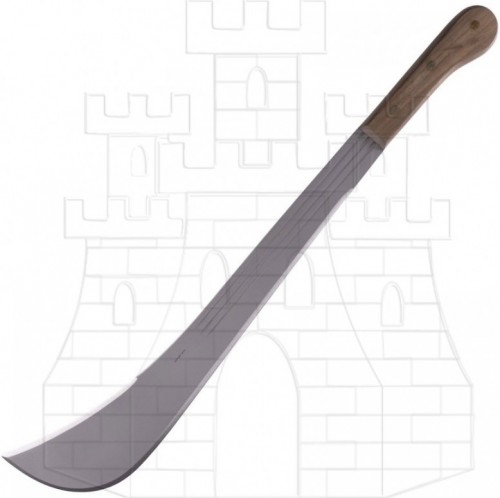 Bushcraft and survival: Building shelters, preparing firewood, and clearing pathways in dense vegetation.
Bushcraft and survival: Building shelters, preparing firewood, and clearing pathways in dense vegetation. -
Intense clearing: Shrubs and branches 2 to 5 cm thick that a light machete cannot handle effectively.
-
Heavy field tasks: Rough carving, making improvised pegs or posts, and cutting soft and hard woods.
-
Hybrid work: Some forms resemble the parang or golok, offering control for precise tasks and weight for powerful blows.
Maintenance for a Nordic-Spirited Blade
A machete made of carbon steel will perform best if properly maintained: cleaning, drying, and a protective layer of oil. Regular sharpening and storage in a sheath ensure safety and durability.
-
Cleaning: Remove sap and dirt after use and dry the blade to prevent stains.
-
Oiling: Apply a thin film of mineral oil or specific knife lubricant.
-
Sharpening: Maintain the original angle (20–30°) with a stone or file, and finish with a leather strop or honer for a secure edge.
-
Storage: In a dry sheath away from humidity; lithium grease or natural oils are useful for long-term storage.
Quick Comparison: Seax vs Axe vs Modern Machete
| Type | Blade Length (approx.) | Era | Tactical Use |
|---|---|---|---|
| Seax | 10–60 cm | Iron Age – Viking Era | Everyday tool and secondary weapon; versatile for cutting and stabbing. |
| Viking Axe | Small to medium blade; short or long handle (daneaxe) | Viking Era | Impact power, throwing, and combat use; also a tool for heavy tasks. |
| Modern Machete (Viking Style) | 40–55 cm | Contemporary | Heavy clearing, bushcraft, and survival tasks; combines weight and control. |
- Seax
-
- Blade Length: 10–60 cm
- Era: Iron Age – Viking Era
- Tactical Use: Daily tool and secondary weapon
- Viking Axe
-
- Blade Length: Variable according to type
- Era: Viking Era
- Tactical Use: Impact and versatility in combat
- Modern Machete
-
- Blade Length: 40–55 cm (approx.)
- Era: Contemporary
- Tactical Use: Bushcraft, clearing, and survival
Clarifying Doubts about Viking Axes and Emblematic Weapons
What was the main difference between bearded axes and Danish axes?
The main difference between bearded axes and Danish axes lies in their size, shape, and use: the bearded axe has a blade with a characteristic elongated or “beard” shape that facilitates close combat and tactical maneuvers, while the Danish axe is much larger, with a long handle (up to 1.5 meters) and a wide, thin blade, designed for two-handed use, providing great reach and force in devastating cuts, especially against armored enemies.
What specific techniques did the Vikings use to wield their axes in battle?
The Vikings used specific techniques with their axes in battle that included:
- Hooking enemy shields or limbs with the lower tip or “beard” of the axe to immobilize or destabilize the adversary, facilitating decisive attacks.
- Forming a “shield wall” where the axe served to push aside or break enemy formations by hooking shields with the axe head.
- Throwing the axe as an initial attack to disrupt enemy lines before close combat, which required great skill and precision.
- Using rapid attacks, blocks, and spinning maneuvers with the axe to maximize its lethality and versatility, including strikes aimed at vulnerable points such as legs and head.
- Careful manipulation of the weapon, using the handle as a lever to pull or push the enemy’s weapon and control it in close combat.
Additionally, there were short-handled axes (used in both combat and daily life) and two-handed battle axes called daneaxe, which required great skill to wield.
These techniques combined defense and offense, and skill with the axe conferred great respect within Viking society, being the emblematic weapon of their warrior culture.
How did the use of the Seax influence Viking culture and daily life?
The Seax influenced Viking culture and daily life as a versatile weapon that combined practical and symbolic functions. It was used both in combat and daily tasks, also serving as a symbol of status and social power. Its manufacture required high artisanal skill, and its presence in funerary offerings showed the social position of its owner. Furthermore, the Seax reflected the cultural identity and characteristic craftsmanship of the Nordic peoples, and was considered an object with both utilitarian and symbolic value in Viking life.
What materials were commonly used to make Viking knives?
Viking knives were commonly made from steel, especially good quality steel or Damascus steel for its hardness and flexibility. Iron was also used, although steel was preferred for higher quality knives. For the handles, materials such as wood, bone, or antler were used. These combinations allowed for functional, durable, and aesthetically valuable knives, often decorated with characteristic engravings or carvings.
What distinctive features did Ulfberht swords have compared to other Viking swords?
Ulfberht swords were distinguished from other Viking swords by being made from high-purity steel or crucible steel, which gave them an exceptionally hard edge along with remarkable flexibility and lightness, rare characteristics for the time. In addition, their blade usually featured an inlaid geometric pattern and bore the inscription +VLFBERHT+, indicative of their origin and a superior quality standard. These swords were manufactured between the 9th and 11th centuries and are considered an intermediate point between traditional Viking swords and high medieval knightly swords. They were luxury and highly valued weapons, intended for high-status warriors, and their manufacturing method and materials are still under study due to their advanced technology for the era. Their hardness and flexibility allowed them to be perfect for close combat without breaking or getting stuck in armor or shields.
| Type of Oil | Main Characteristics | Recommended Use |
|---|---|---|
| Mineral Oil | High penetration, does not degrade or attract dirt | Regular protection and maintenance |
| Camellia Oil | Natural, acid-free, non-volatile | Antioxidant protection, lubrication |
| Lithium Grease | Dense, durable, does not evaporate | Prolonged storage, protection |
- Mineral Oil
-
- Main Characteristics: High penetration, does not degrade or attract dirt
- Recommended Use: Regular protection and maintenance
- Camellia Oil
-
- Main Characteristics: Natural, acid-free, non-volatile
- Recommended Use: Antioxidant protection, lubrication
- Lithium Grease
-
- Main Characteristics: Dense, durable, does not evaporate
- Recommended Use: Prolonged storage, protection
Practical Heritage and Final Recommendation
The “Viking machete” figure is a contemporary fusion of tradition and function: it takes from the Seax and the axe the philosophy of a tool that must be able to both work and survive. For those seeking a blade for demanding activities, the choice should be based on material, balance, and ergonomics. Keep the blade clean, sharp, and protected, and you will have brought a piece of Nordic efficiency to your field days.
